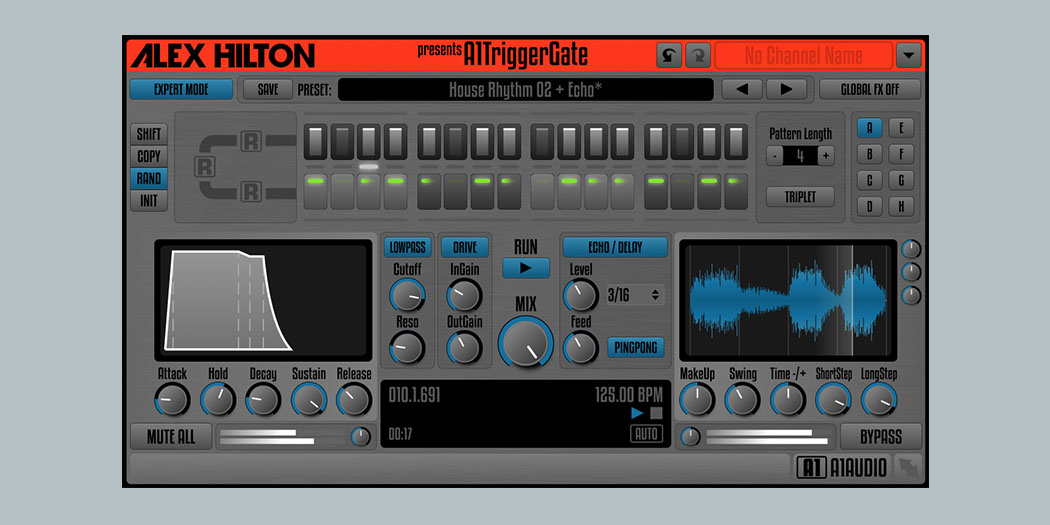

The plug‑in has a side‑chain input, and the best way to follow the mix level is to route all the instrumental sources in the mix to a bus and then select that as the side‑chain source. Up to 24‑bit, 96kHz operation is supported, and the plug‑in works in real time so you don't even have to 'learn' the track first. The plug‑in comes as mono and stereo versions and is protected by iLok you can also download a demo to try before you buy. The standard Waves window bar is provided for saving and loading presets and for comparing between 'A' and 'B' settings. Vocal Rider is a cross‑platform plug‑in available in TDM, VST, AU and RTAS formats, and works by writing automation data for its own level fader directly into your DAW. Now Waves have come up with a plug‑in that does the job for you in a very straightforward and elegant manner. This takes time, but invariably sounds better than bludgeoning your vocal to death with excessive compression. You listen to the vocal level in the context of any instrumental backing, and make fader moves to keep the vocal balanced against the rest of the mix. How do you get a vocal to sit at the right level in a mix? Vocal Rider in action, showing the resulting automation exported to a Logic track. No matter how many compressors we own, when it comes to getting vocal levels right, there's no substitute for faders and hard work. Please tag posts with the most relative flair. Sales are fine, but blatent spam and self-promotion are not welcome. Reviews and recommendations are also welcome. Feel free to discuss sample libraries and plugins, ask questions, or post new releases of both free and paid software.

Thanks for your cooperation! Virtual Studio Technology is software that integrates virtual instrument sounds and effect plugin with Digital Audio Workstations.

We've moved to! This subreddit is now restricted.


 0 kommentar(er)
0 kommentar(er)
